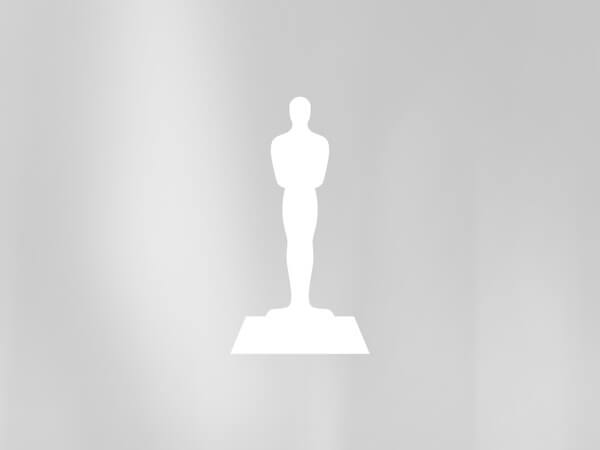
The Academy of Motion Picture Arts and Sciences has honored scientific and technical achievements since the very early years of the organization.
The Academy established the category of Scientific or Technical Achievement for the 1930–31 (4th) Academy Awards. The three classes of awards were:
- Class I: For basic achievements which influence the advancement of the industry as a whole.
- Class II: For high level of engineering or technical merit.
- Class III: For accomplishments which are valuable contributions to the progress of the industry.
The first Scientific and Technical Awards were presented at the 1930–31 Academy Awards ceremony, held on November 10, 1931 at the Biltmore Hotel in Los Angeles.
FIRST RECIPIENTS
Class I (statuette)
- Electrical Research Products, Inc., RCA-Photophone, Inc., and RKO Radio Pictures, Inc., for noise reduction recording.
- DuPont Film Manufacturing CORP, and Eastman Kodak Co. for super-sensitive panchromatic film.
Class II (certificate)
- FOX Film Corp. for effective use of synchro-projection composite photography.
Class III (honorable mention)
- Electrical Reseach Products, Inc., for moving coil microphone transmitters.
- Rko Radio Pictures, Inc., for reflex type microphone concentrators.
- Rca-Photophone, Inc., for ribbon microphone transmitters.
THE CEREMONY OVER THE YEARS
The Awards were presented as part of the main Academy Award ceremony until the 32nd Awards, when the Scientific and Technical Awards and Honorary Awards were presented at the Governor’s Ball following the main ceremony.
The next year the Scientific and Technical (Sci-Tech) Awards returned to the main Academy Awards ceremony, a practice that continued until the 47th Awards. That year marked the first separate Sci-Tech Awards ceremony – a 4 p.m. press call at the Beverly Wilshire hotel, hosted by Gregory Peck and Walter Mirisch (Academy President at the time). The next year’s awards were given in a similar fashion; this time, the event was held at the Academy’s new headquarters at 8949 Wilshire Boulevard, hosted by Mirisch and William Friedkin. The 1976 (49th) Awards were given at a cocktail reception in the Grand Lobby of the Wilshire building, with Kirk Douglas joining Mirisch as co-host.
The 50th Awards marked the first time that the Scientific and Technical Awards ceremony became a full-fledged Awards dinner presentation. Five days prior to the main Academy Awards ceremony, that first dinner ceremony was held in the Grand Ballroom of the Beverly Hilton on March 29, 1978. Kirk Douglas and Gregory Peck hosted. Over the next decade, hosts included Christopher Reeve, Lloyd Bridges, Arnold Schwarzenegger, Janet Leigh, Macdonald Carey, and other notables.
Starting with the 51st Awards, the “Class I” Scientific and Technical Award became the Academy Award of Merit, “Class II” became the Scientific and Engineering Award, and “Class III” became the Technical Achievement Award.
The practice of holding a separate Sci-Tech Awards dinner has continued ever since the 50th Awards. Locations for the dinner ceremony have included the Beverly Hilton, Century Plaza Hotel, Regent Beverly Wilshire, Ritz-Carlton Huntington (Pasadena), and the Beverly Wilshire Hotel. Margot Robbie, Olivia Munn, Jason Segel, John Cho, Leslie Mann, Sir Patrick Stewart, David Oyelowo and Nia DaCosta are among the hosts in recent years.